By John Mancini
The tempo of war planning intensified for the invasion of Europe during the early months of 1944. Finally, at daylight on June 6, 1944, Allied infantry stormed ashore along the German-held Normandy coast. American and British airborne units had jumped behind the landing beaches during the night to block enemy reinforcements from entering the battle.
The Jedburghs
Other Allied soldiers had also jumped into Nazi-occupied France during the night. They were special operations troops called Jedburghs. The Jedburghs were three-man teams that had been formed from OSS (U.S. Office of Strategic Services—forerunner of the modern CIA) agents and members of the British Special Operations Executive.
Three hundred soldiers from the United States, Britain, France, Belgium, and the Netherlands volunteered for service with what was called Operation Jedburgh. Milton Hall, an Elizabethan stone mansion hidden in the lush English countryside 100 miles north of London, was selected for recruit evaluation and training. However, the Jedburghs acquired their name from a field training area in Scotland.
The mission of the Jedburgh teams was to recruit, arm, and organize French Maquis (partisans) to actively join in the fighting after the Allied landings. They parachuted into Nazi-occupied France and led the underground in support of the Allied invasion of Normandy and the amphibious landings from the Mediterranean on the southern French coast.
From June to September 1944, approximately 276 Jedburghs were inserted into France, Belgium, and the Netherlands from staging areas in England and North Africa. Throughout northern France Jedburgh-led partisans blocked German forces from joining the fight against the invading Allied armies. In southern France, Jedburgh teams and guerrillas helped the Seventh Army advance into the Rhone Valley. Jedburghs and partisans were responsible for destroying numerous bridges and railways leading to the landing beaches and inflicting heavy causalities in ambushes of German ground forces speeding to reinforce their comrades.
The Adventurous Horace Fuller Lands in France
One of the Jedburgh operatives was OSS Marine Lt. Col. Horace W. Fuller. The adventurous Harvard graduate held a commercial pilot’s license and had sailed around the world on a 23-month cruise as an engineer on a yacht. After the Germans attacked Poland in 1939, Fuller went to France and joined the French Army. He served from January to July 1940 and fought valiantly in the front lines until the French surrender.
He returned to the United States and received a commission in the prewar Marine Corps on May 13, 1941, and spent the next year training, instructing, and commanding Marines. Fuller was part of the initial force of the 1st Marine Division to land on Guadalcanal on August 7, 1942. In October, he received a severe leg wound from Japanese strafing and was evacuated to the United States. After months of teaching tactics at the Marine Corps base at Quantico, Virginia, he was personally recruited by General William “Wild Bill” Donovan, commander of the OSS, in September 1943 and assigned to duty in England as a Jedburgh in early 1944.
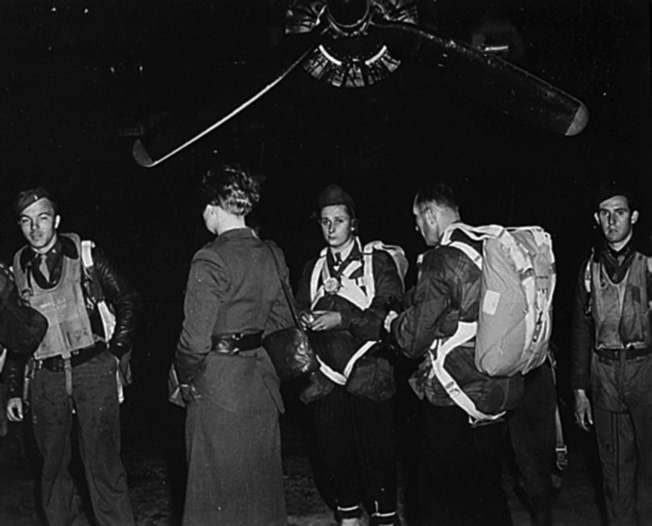
By the summer, Fuller was selected to lead the Bugatti Mission into the Pyrenees Mountains. At 8:30 on the night of June 28, 1944, he and his two-man team of French Army officers flew out of Blida Airport near Algiers and parachuted into southern occupied France shortly after midnight. They were met on the ground by a Maquis reception team and swiftly taken to a nearby farmhouse.
The Gestapo was immediately aware of the Jedburghs. The following morning Fuller left the farmhouse in civilian clothes to make contact with other resistance leaders. He was advised to disguise himself as a civilian because the sector was swarming with German troops and he would immediately be spotted in uniform.
The isolated farmhouse was surrounded by the enemy soon after Fuller’s departure. The French officers leaped from the second story of the house as the Germans were encircling it and were able to escape capture. The team was able to regroup and was taken to another hiding place by the resistance, but the Germans continued a relentless search for the Jedburgh team. The perilous situation was aggravated by difficulty in radio communication with Algiers. The French underground was in desperate need of arms and ammunition to fight the Germans, but resupply missions could not be scheduled.
Raid on Lannemezan
It was now the middle of July, and the team had not been resupplied since its insertion in June. Finally, one of the French officers and four guerrillas made a daring raid into the town of Lannemezan, which was garrisoned by 1,200 German troops. The raiding team was able to steal a radio and withdraw to the their camp under fire. The radio permitted Fuller to transmit a desperate message to Algiers for an emergency air drop of weapons and ammunition. The only resupply drop that the Bugatti team received occurred at 2:30 am on July 16. This was barely in time to prepare for a major attack by nearly 800 German soldiers on the 17th.
Describing the fight, Fuller wrote, “They arrived about 5:30 in the afternoon and set fire to all the buildings in the village and then advanced toward our positions, where they were met by fire from 10 Bren guns and about 80 rifles and Stens. Captain de la Roche (one of the French officers who parachuted with Fuller) personally maintained liaison between gun positions, constantly exposing himself to heavy machine-gun fire and mortar fire with no thought of his personal safety. He killed two of the enemy with his rifle and then manned a Bren gun permitting the successful withdrawal of our forces at a most critical time by acting alone as a rear guard. The enemy withdrew and did not seem interested in entering the woods after the Maquis. Although they had light 25mm cannon, they did not get them into the action. We learned that the enemy had 16 killed and 20 wounded while our force suffered no casualities.”
After the battle with the Germans, Fuller and his guerrillas withdrew into the Pyrenees near the village of Saint Bernard. The Jedburgh team and the resistance fighters received disturbing news. Civilian informers were reporting their moves to the Germans. A discouraged Fuller reflected, “At this time we had more to worry about from the French than we did from the Germans.”
Justice was swift. An Italian civilian was identified as the informer of the Maquis encampment at Arbon. Fuller immediately gave the order to liquidate him. A Maquis patrol shot the traitor several days later. His wounds were not fatal, and he was taken to a hospital by several villagers. The job was finished that night when a “visitor” cut the man’s throat. Despite the constant threat of betrayal by some civilians in the area and limited supplies of ammunition and explosives, Fuller’s guerrillas maintained an aggressive ambush and sabotage campaign against the Germans.
“Full Scale Open Guerrilla Warfare”
By early August 1944, Allied forces held much of northern France, and a second major invasion force was poised to attack the Mediterranean coast. At 4 am on August 15, Allied airborne troops dropped near Cannes, and by the end of the day 94,000 soldiers were ashore in southern France.
German troops in Fuller’s area of operations were panicked, many of them racing back to Germany or over the Pyrenees to seek sanctuary in neutral Spain.
“On the night of the 14th of August we received the BBC (British Broadcasting Corporation) radio broadcast message for all Maquis to enter full scale open guerrilla warfare,” wrote Fuller. “We moved our Headquarters the following day down into the village of Saint Bertrand-de-Comminges on the plain below. Patrols were sent out to cover the main bridges and narrow mountain passes where they succeeded in bagging a few stray enemy vehicles and motorcycles during the following days without suffering a single casualty … We received word that the boche garrison of 400 at Luchon were preparing to make a break to the north to join their troops who were packing up and hot-footing it for the ‘Vaterland’ by any means possible. At a later date, I watched long columns of krauts all heading eastward on foot, in peasants’ oxcarts, on bicycles, pushing baby carriages filled with gear, and even riding on donkeys. It was quite a contrast to the once proud German Army I had seen enter France in May and June of 1940.
![Desc: French Resistance, encampment of the Maquis at a farm, photograph, during the Second World War, 1939-45 • Credit: [ The Art Archive / Kharbine-Tapabor / Collection NB ] • Ref: AA528817](https://warfarehistorynetwork.com/wp-content/uploads/W-Intel-LEAD-HT-May09.jpg)
“It was decided to attack the garrison at Luchon at once and I sent one group of 100 Maquis under the command of Lt. Marchal [French] south through the adjoining valley to begin the attack while I moved south down the parallel valley of Luchon with 60 men to occupy and hold the narrow gorge at Port Chaud through which the enemy had to pass to reach the main highways to the north. Large trees were felled across the narrow road which was bounded on one side by the Garonne River and on the other by steep rocky cliffs.”
Fuller immediately positioned his forces to execute a deadly ambush on the retreating enemy.
“The Maquis were well installed and hidden among the rocks and cliffs which bristled with Sten guns, six Bren guns, rifles, potato masher grenades and shotguns loaded with buck shot,” he recalled. “I installed my command post together with our first aid station behind the stone embankment of a bridge about 200 yards north of the roadblock. It was well protected by our heavy artillery which consisted of an enormous single shot Russian antitank rifle for which we had only nine cartridges. The following morning we received word that Lt. Marchal’s group had made contact with the boche and had them running toward our reception committee … News of the fighting traveled like wild fire throughout the valley. We were soon joined by old men and young boys armed with everything from old hammer-type shotguns to home made grenades. All spoiling to kill a boche.”
The guerrillas did not wait long for the fight.
The Ambush
Fuller continued, “About 1 o’clock we heard the sound of approaching motor vehicles which presently appeared around a bend in the road about 500 yards away and continued in our direction. I had given orders to hold all fire until they rounded the next curve and were stopped by the roadblock, then the anti-tank rifle would be fired as a signal to let them have everything we had. However, the temptation was too much and all hell broke loose from the cliffs while the enemy was still 200 yards away. Two trucks started burning, the convoy stopped and men tumbled out of the vehicles like rats leaving a sinking ship. They withdrew their remaining vehicles and the fire fight was on. Bullets whined overhead and ricocheted off the rocky cliffs as the boche got into position and returned fire. Our men were so well hidden among the rocks and in the cliffs that I felt quite confident that we had little to worry about unless the boche started to work us over with mortars.
“Intermittent small arms and machine gun fire continued during the afternoon and a few minor wounded were brought into our dressing station to be patched up once we had located our Corsican medic who had disappeared with his small boche grenade launcher and rifle to join in the fight. About 4 o’clock we discovered a group of the enemy were climbing up around our positions in the cliffs in an attempt to outflank us. Four Bren guns and the doctor with his grenade launcher went into action from the crest of a ridge which seemed to discourage any further efforts on their part to continue this plan of attack.”
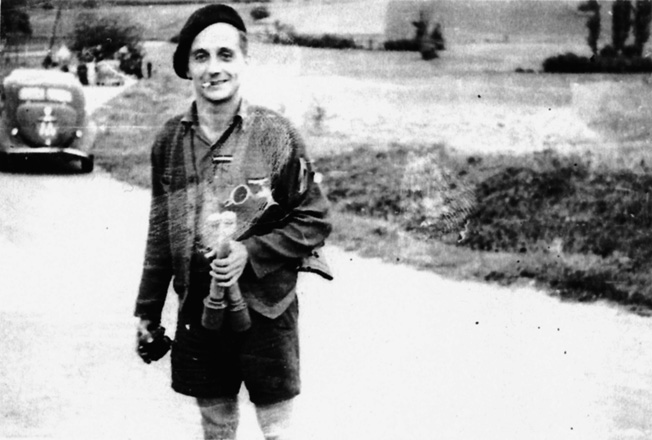
The battle continued into the night. At dusk rifle and machine-gun fire broke out toward the rear of the enemy position and continued until after dark when a runner arrived with word that Lieutenant Marchal’s men had liberated Luchon, had been reinforced by 100 men from the Spanish Maquis, and were now attacking the Germans from the rear. Plans were then made to surround their positions during the night for a surprise attack at daybreak.
“Shortly after midnight we heard sounds of vehicles being started and thought that the boche were preparing to make a break through our positions to get north,” recalled Fuller. “The Bren guns were brought into position where they could sweep the road and men armed with fragmentation grenades were stationed at the road block. Instead of heading in our direction, the vehicles seemed to be heading east. Suddenly we realized what they were up to; they were taking the one and only means of escape left and before our men could get into position to stop them, they were on their way for the Spanish frontier about 15 miles away.”
Liberating Luchon
The following morning, a delegation from the town of Luchon arrived at Fuller’s position and presented him with a captured German flag. The American thanked the villagers and the Maquis and sent patrols to find any remaining Germans. Adrenaline rushed as Fuller and his Jedburghs and guerrillas prepared for battle. Soon they came under German machine-gun fire and began to sustain casualties. Massing their firepower, the Maquis concentrated on German positions in a thickly wooded area. Word was quickly received that the Germans had abandoned their positions and most of them were headed for the Spanish frontier. Fuller and his men were honored as heroes during a ceremony in Luchon. One villager presented Fuller with 48 bottles of vintage champagne. The liberation of Luchon was complete.
Fuller’s Bugatti Jedburgh team provided valuable tactical support for the Allied southern invasion of France and to the Seventh Army penetration of central France. Jedburgh teams executed over 100 missions into Europe and later conducted covert missions in Southeast Asia and China.
Horace Fuller was promoted to lieutenant colonel while on duty with the Jedburghs in the Pyrenees. He was awarded the Silver Star and the Croix de Guerre. After the war he returned to civilian life and worked in the airline industry. He continued to serve in the Marine Corps Reserve and retired in 1957 with the rank of brigadier general.
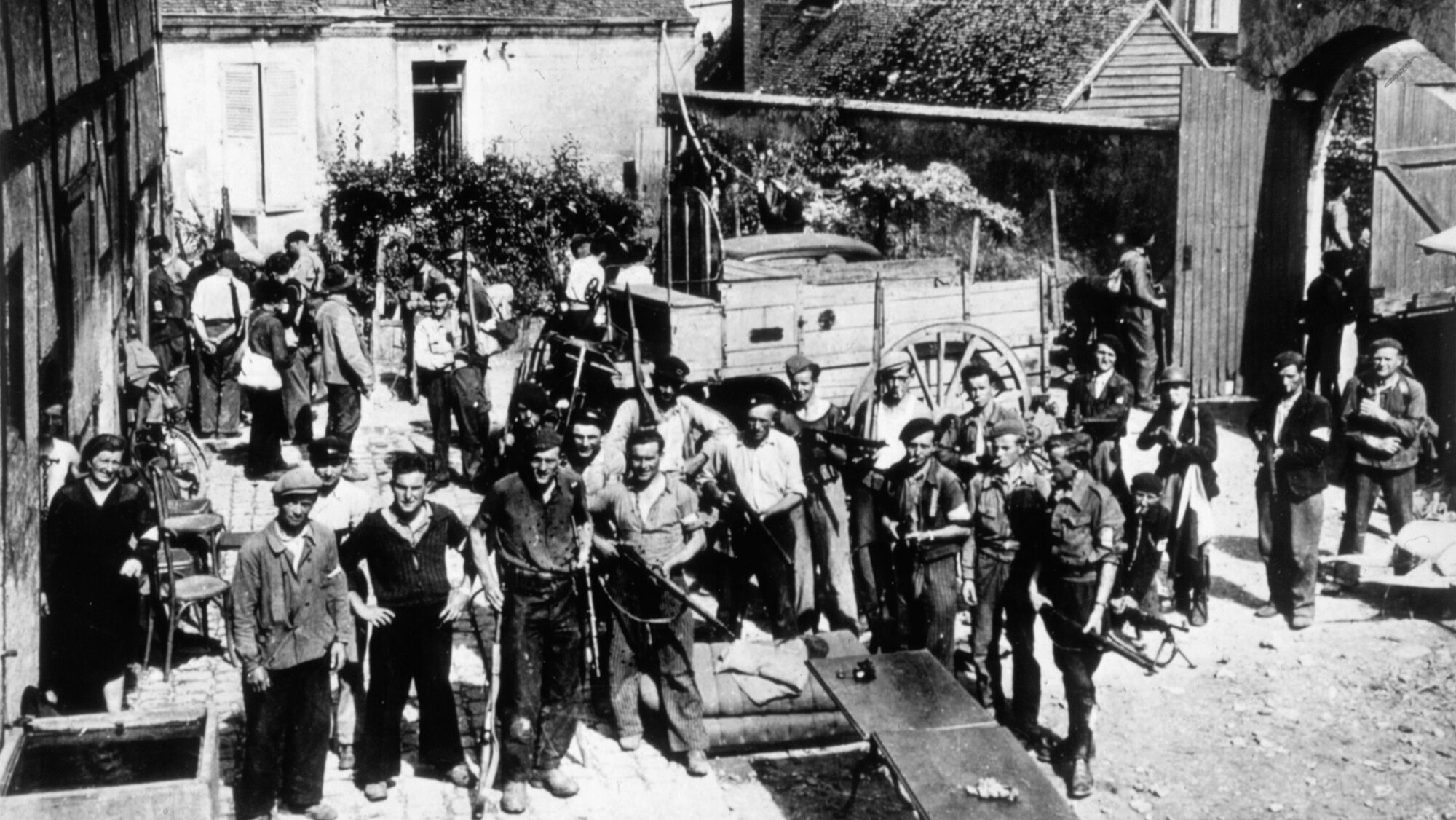
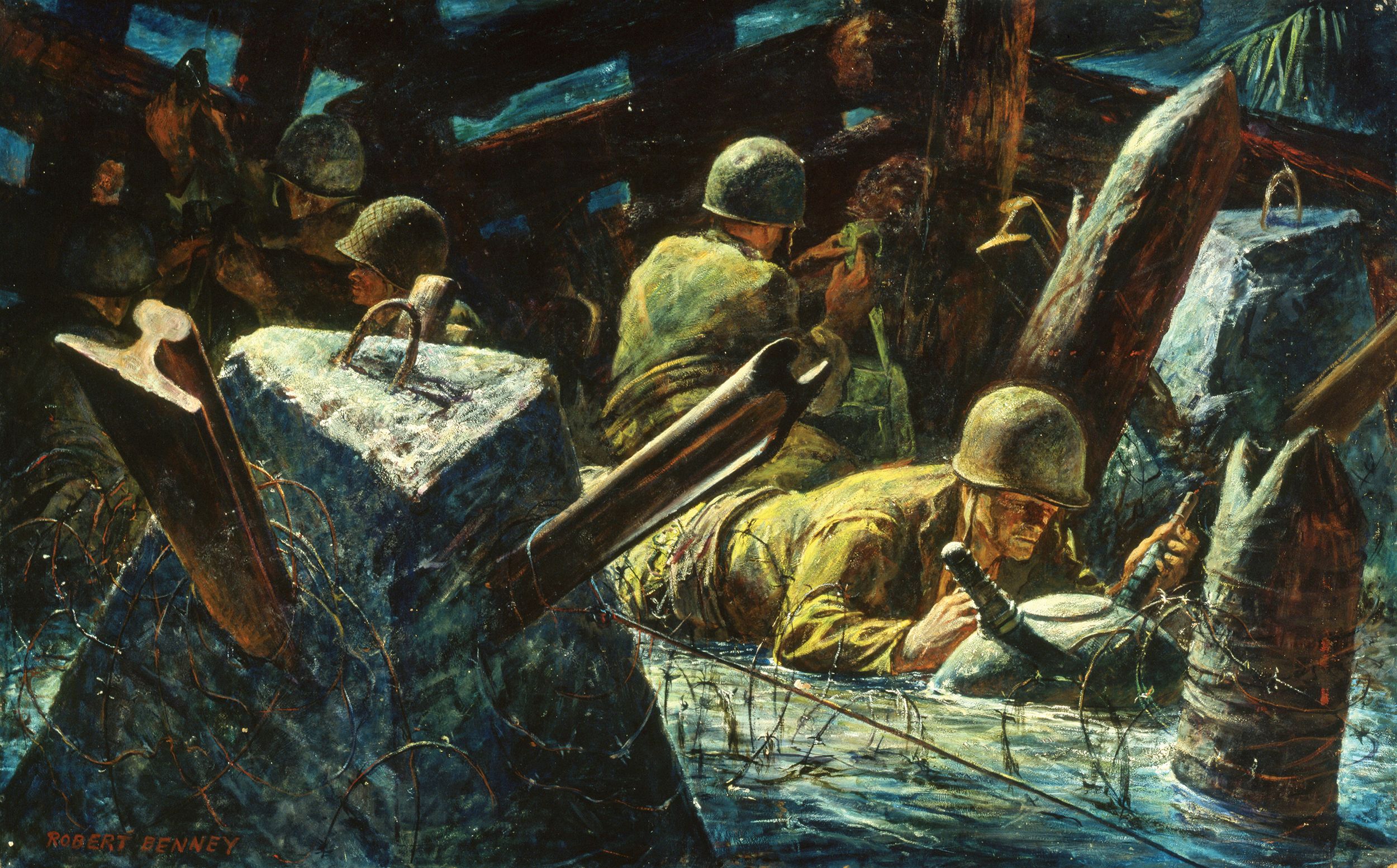
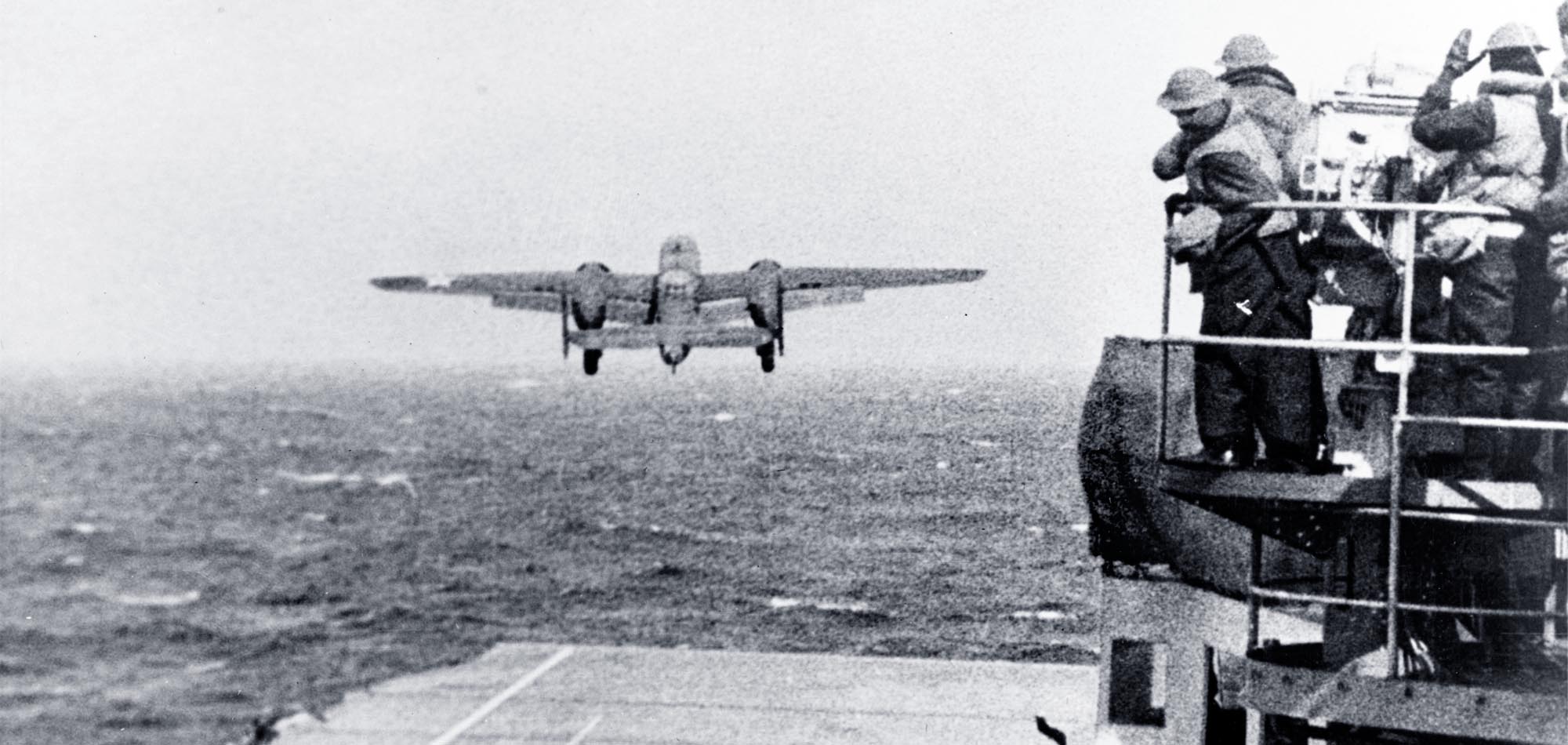
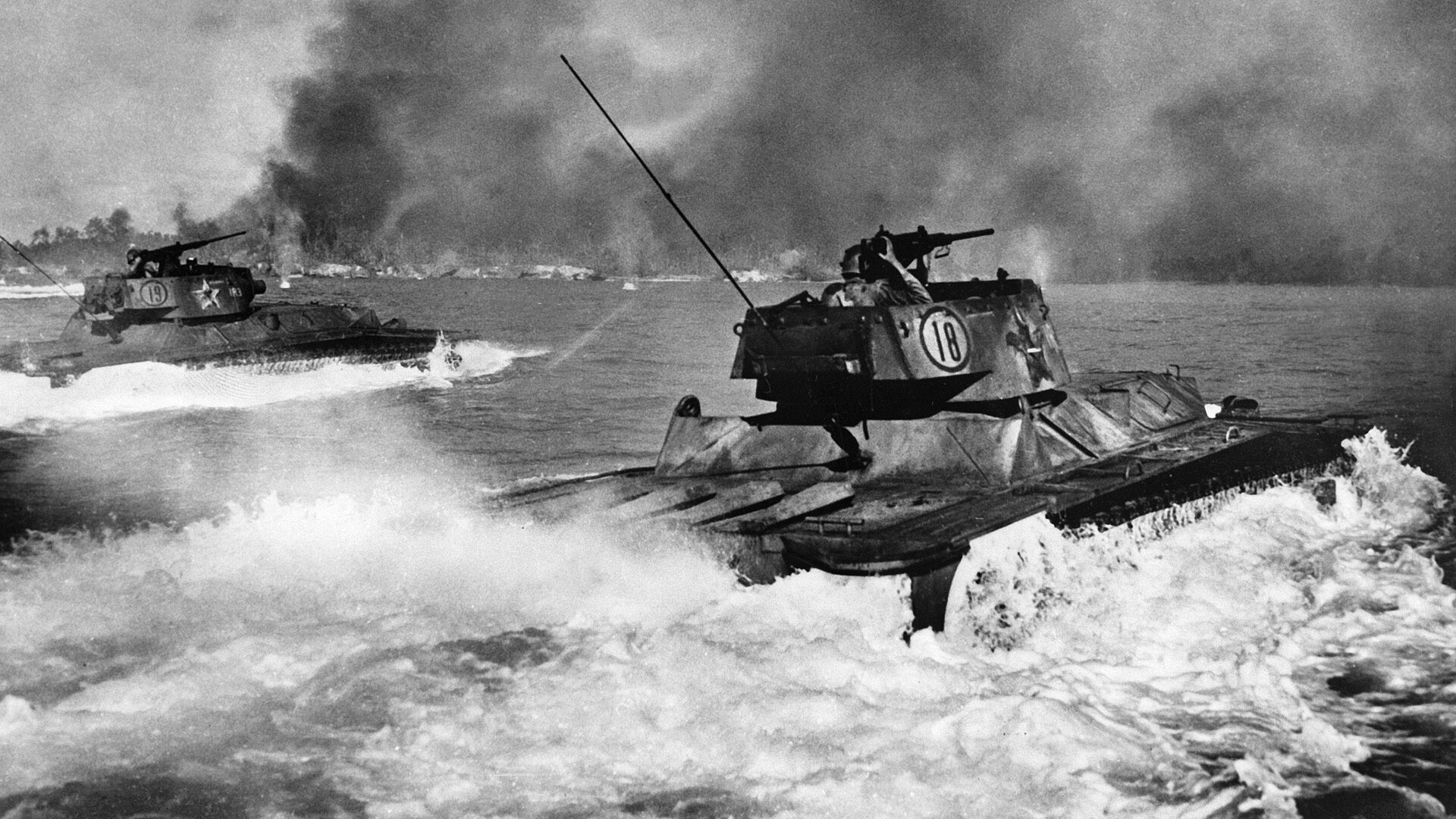
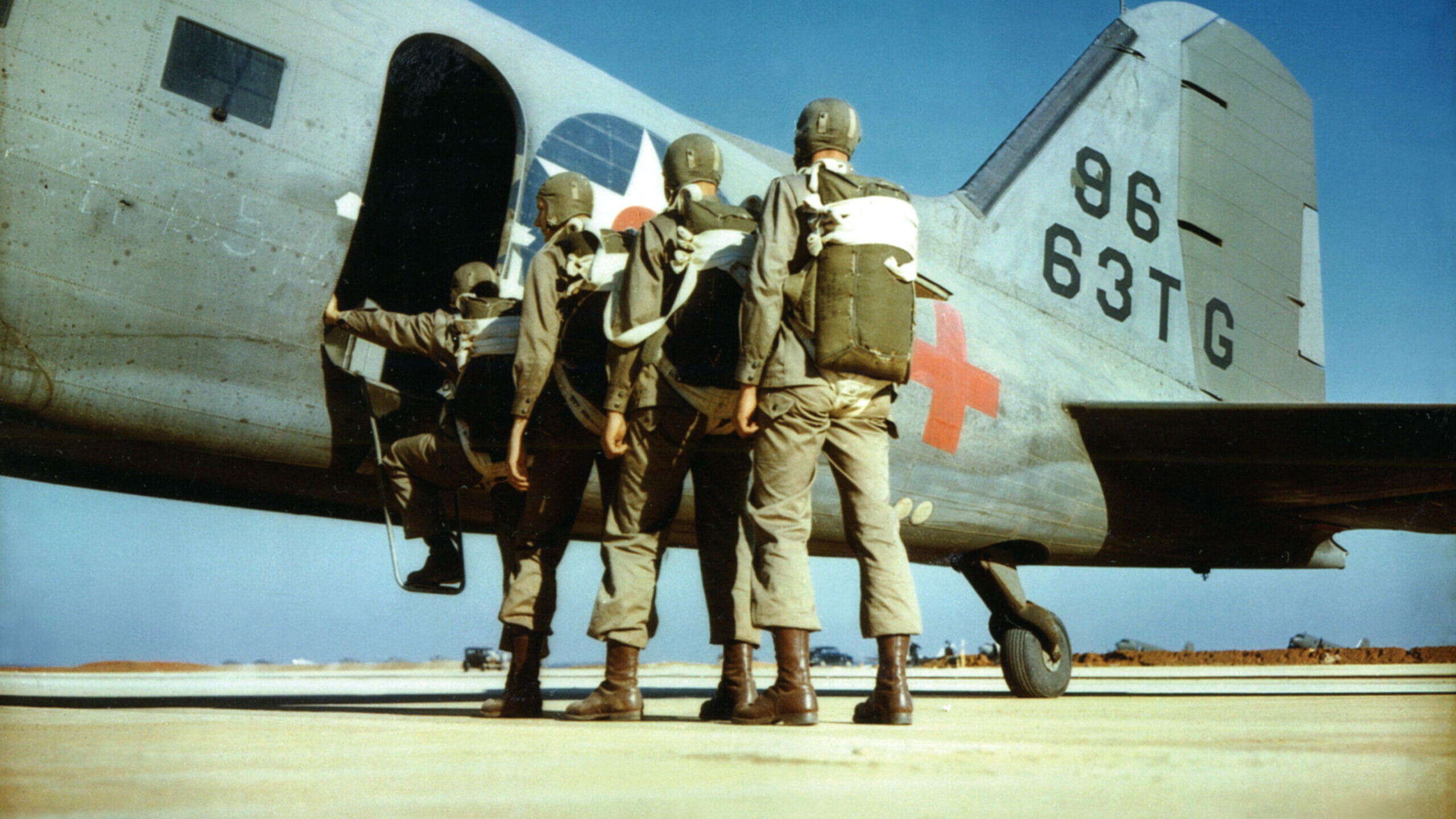
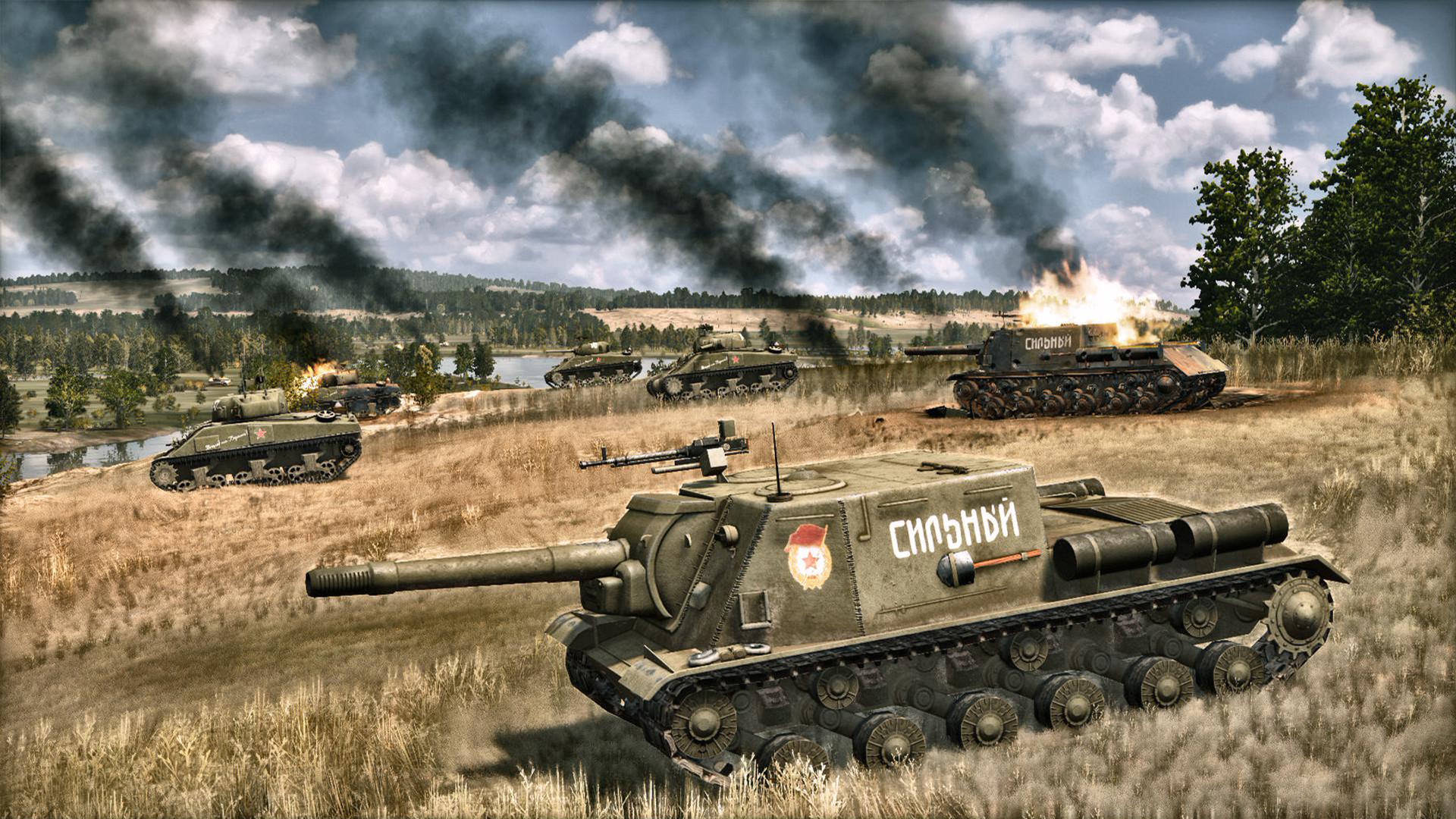
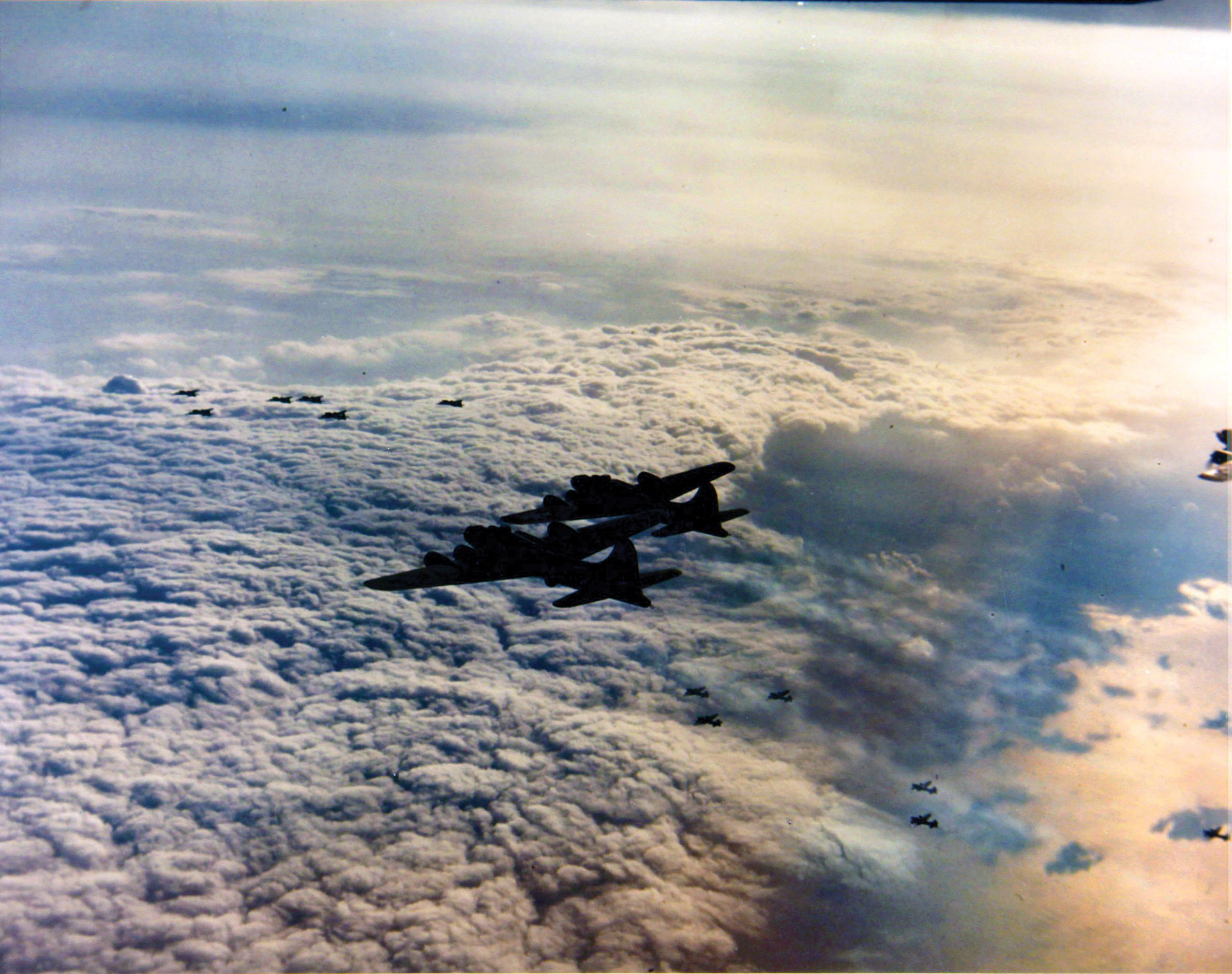
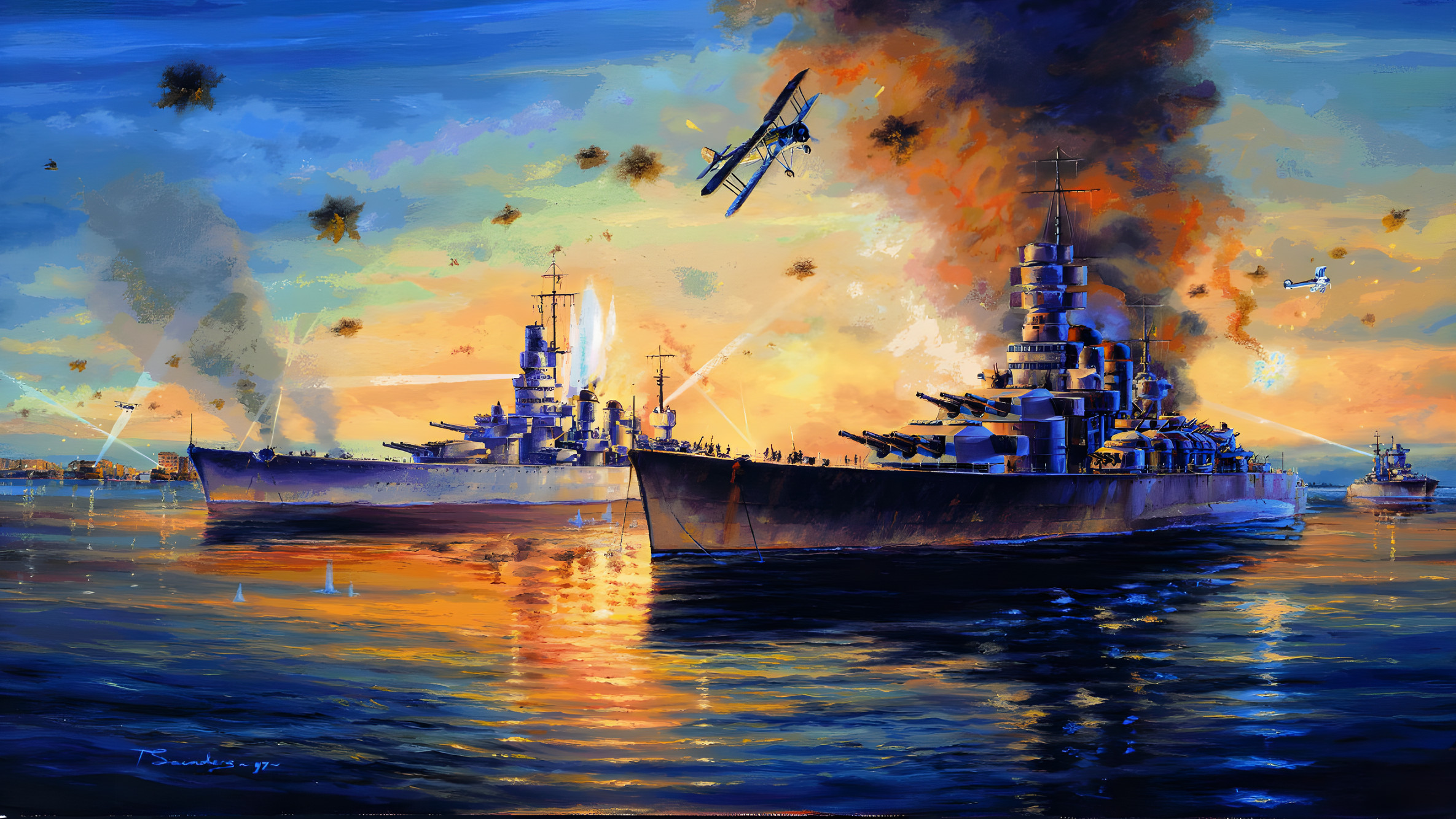
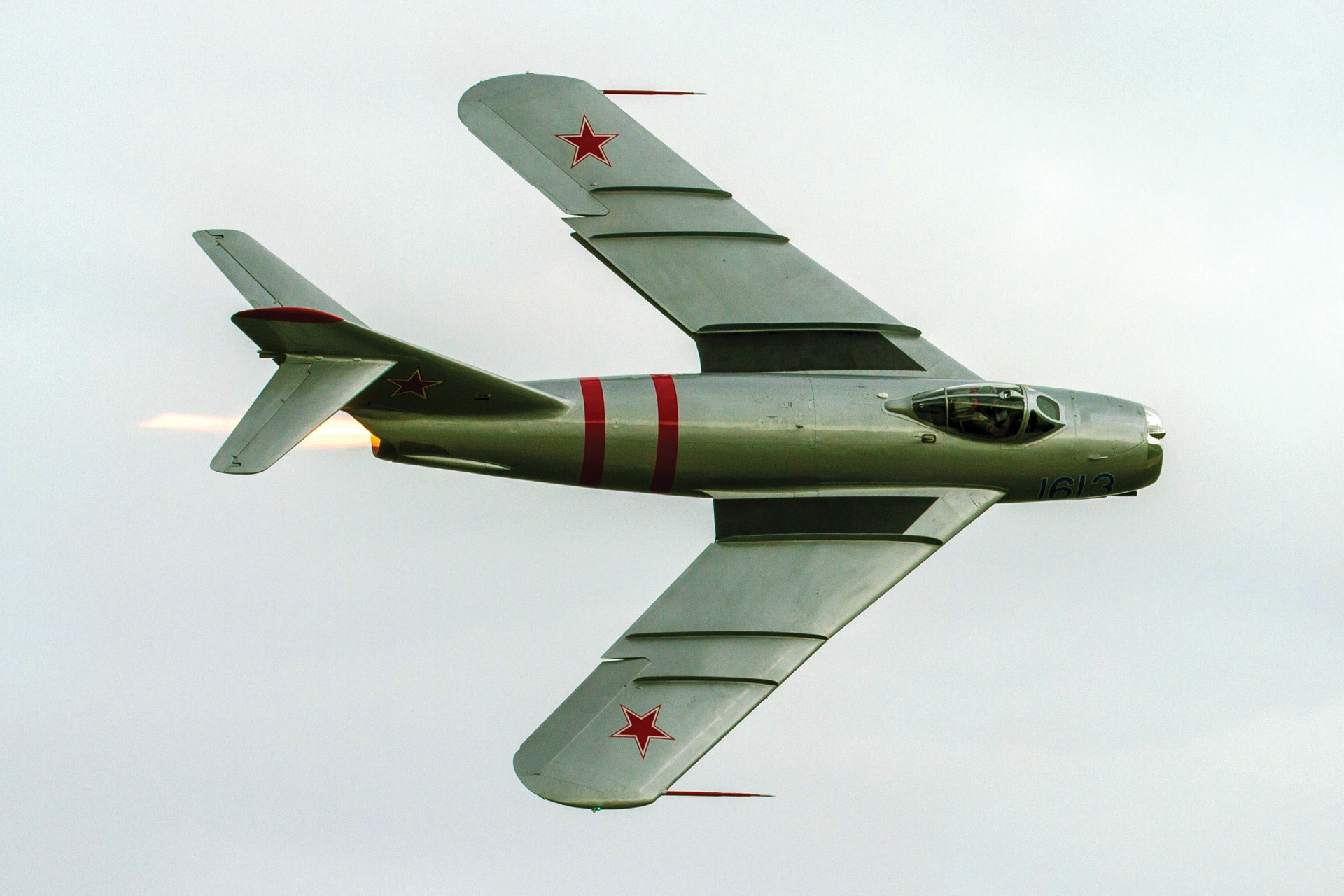
Horace W. Fuller was my uncle….one of five fighting Fuller siblings who had excellent WW II records…..four males and one female!
HWF